The UNESCO World Heritage Sites are buildings or areas of importance to the entire world due to their exceptional historical, cultural, or artistic value.
The 12 World Heritage Sites in The Netherlands collectively paint an intriguing picture of our history.
What are The 12 World Heritage Sites in The Netherlands?
- Frontiers of the Roman Empire
- Rietveld Schröder House, Utrecht
- Schokland and Surroundings
- D.F. Wouda Steam Pumping Station
- Colonies of Benevolence
- Wadden Sea
- Van Nelle Factory, Rotterdam
- Windmills at Kinderdijk
- Dutch Water Defense Lines
- Canal District in Amsterdam
- Beemster Polder
- Willemstad, Curaçao
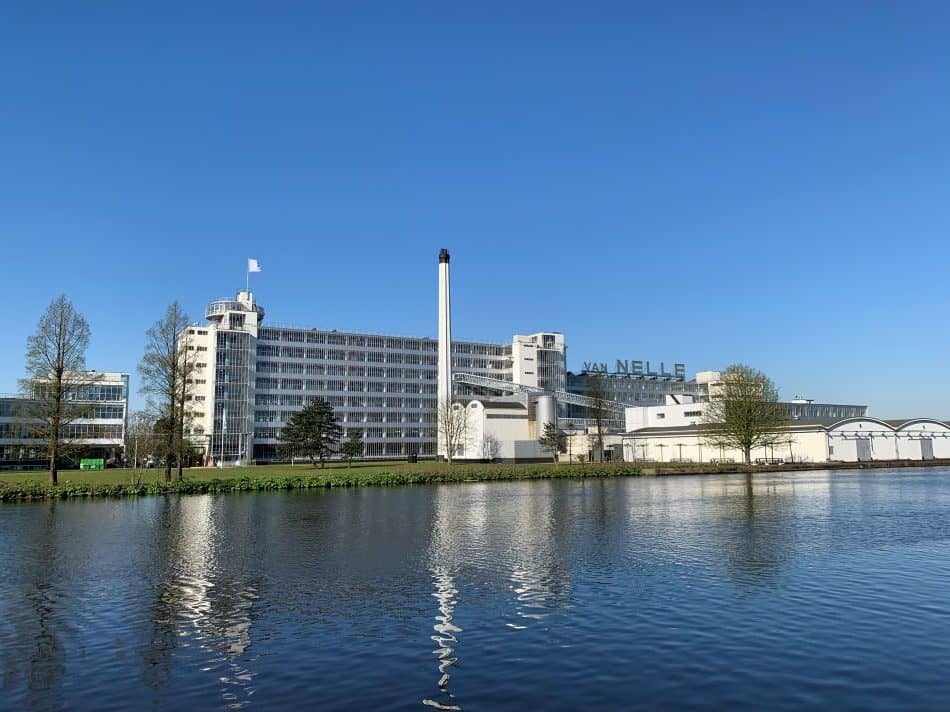
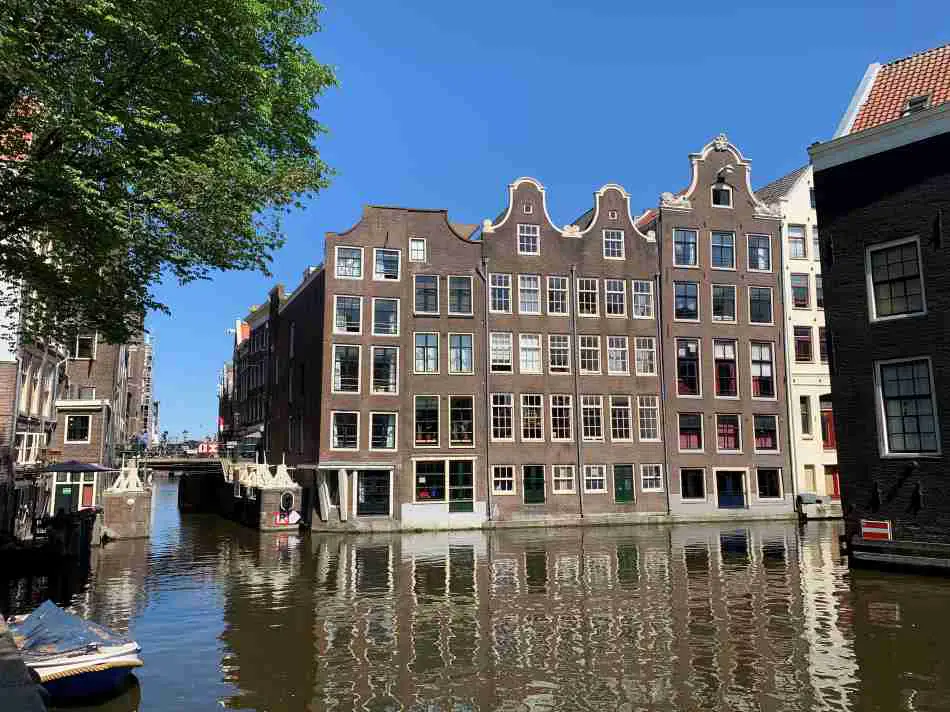
Map Of The 12 Dutch World Heritage Sites
I have created a map to quickly find the 12 Dutch UNESCO World Heritage sites’ locations. Please note that Willemstad is on the island of Curaçao before the coast of Venezuela in South America.
Why Are There UNESCO World Heritage Sites?
World Heritage Sites are called UNESCO World Heritage Sites officially, but many people don’t know what UNESCO is or what UNESCO does.
UNESCO is an organization that is part of the United Nations. UNESCO is short for the United Nations Educational Scientific and Cultural Organization. The task of UNESCO is to promote cooperation between countries to contribute to peace and security in the world.
UNESCO’s task is to promote mutual understanding between countries to stimulate cooperation. Mutual understanding is essential to achieving international collaboration, and mutual understanding starts with understanding other countries’ history.
UNESCO devised the World Heritage Sites to draw attention to the history of countries and the shared interests of these monuments and sites for other countries. In doing so, UNESCO hopes to encourage countries to recognize how strongly they are (unconsciously) connected.
The question arises regarding which buildings or areas UNESCO in the Netherlands considers global importance to designate as World Heritage sites.
The 12 World Heritage Sites In The Netherlands
I have discussed these 12 Netherlands UNESCO sites below in more detail.
1. The Frontier Of The Roman Empire
The northern border of the Roman Empire ran along the Rhine 2,000 years ago. This Roman northern border followed the Rhine via Nijmegen and Utrecht to end up in the sea at Katwijk. About twenty forts, called castellas, were built in the Netherlands. Between them, numerous watchtowers were also constructed. The remains of this Roman frontier show how progressive the Romans were in their time with bathhouses and water barriers.
The frontier forms a visible historical link across the Netherlands between the present and the past. The remains have been preserved in many places thanks to the wet soil in The Netherlands. Fortunately, the historical importance of these places became evident at an early stage, and the Dutch preserved the archaeological values carefully. Nowhere have so many well-preserved Roman ships been excavated as in the Netherlands.
The World Heritage status is a beautiful and well-deserved recognition of the efforts of many who have gone into preserving this unique heritage.
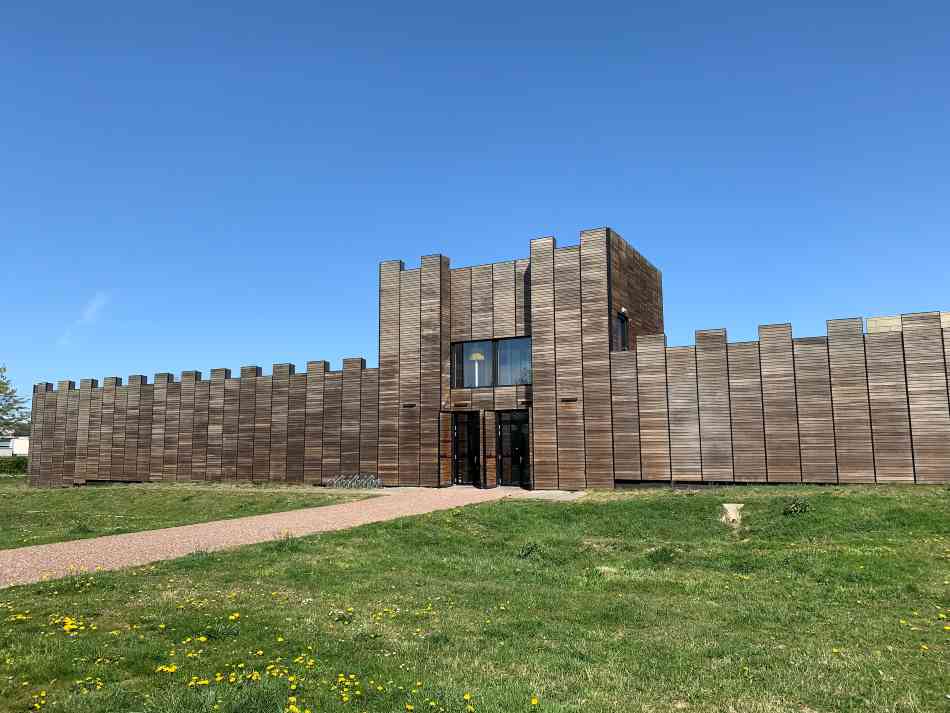
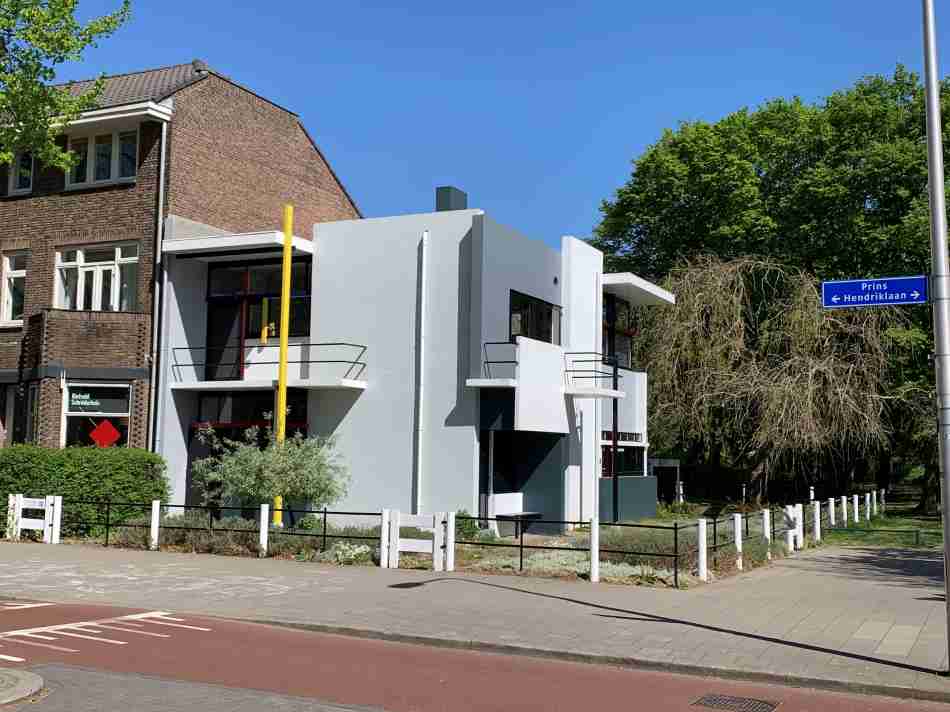
2. The Rietveld Schröder House In Utrecht
The Rietveld Schröder House was built in 1924 by the Dutch architect Rietveld. The Rietveld Schröder House is one of the De Stijl group’s architectural highlights and a masterpiece in Dutch architecture.
The characteristic elements of De Stijl are all present in this house: smooth transitions between the inside and outside, the use of horizontal and vertical lines in the building, and the use of primary colors. The influence of this building on architecture has endured to this day and age.
The interior and furniture are an integral part of the building, and the Rietveld Chair, exposed in the building, is perhaps as famous as the building itself.
3. Schokland And Surroundings
Schokland is a World Heritage Site because it symbolizes the eternal struggle of the Dutch against the water. We know that almost 60% of The Netherlands will be flooded by the sea or rivers if we don’t continuously and vigorously protect ourselves against the water constantly and vigorously.
In Schokland, you will find evidence that this struggle against the water dates back to prehistoric times. Schokland has been reclaimed, lost to the sea, and is now reclaimed as part of Flevoland. The remains of terps and dikes are still there in Schokland as silent witnesses of that age-old struggle.
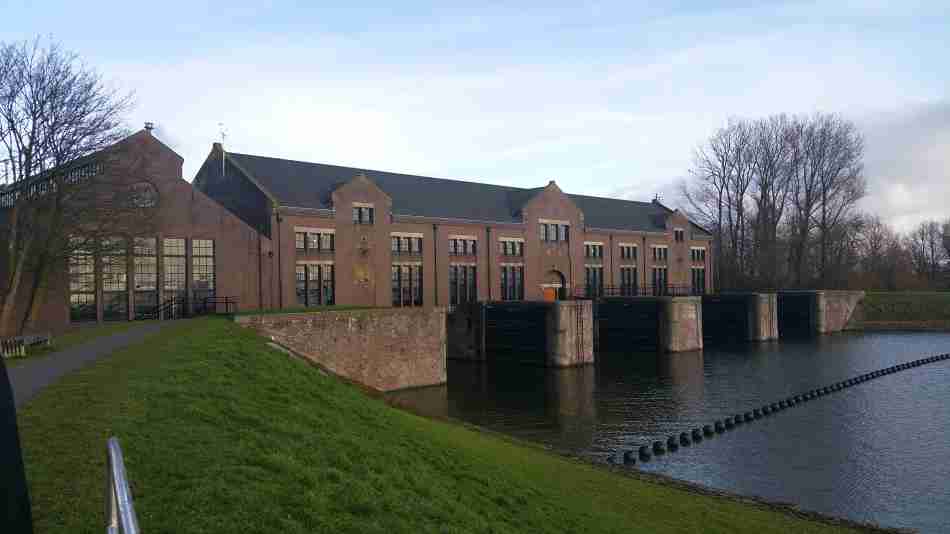
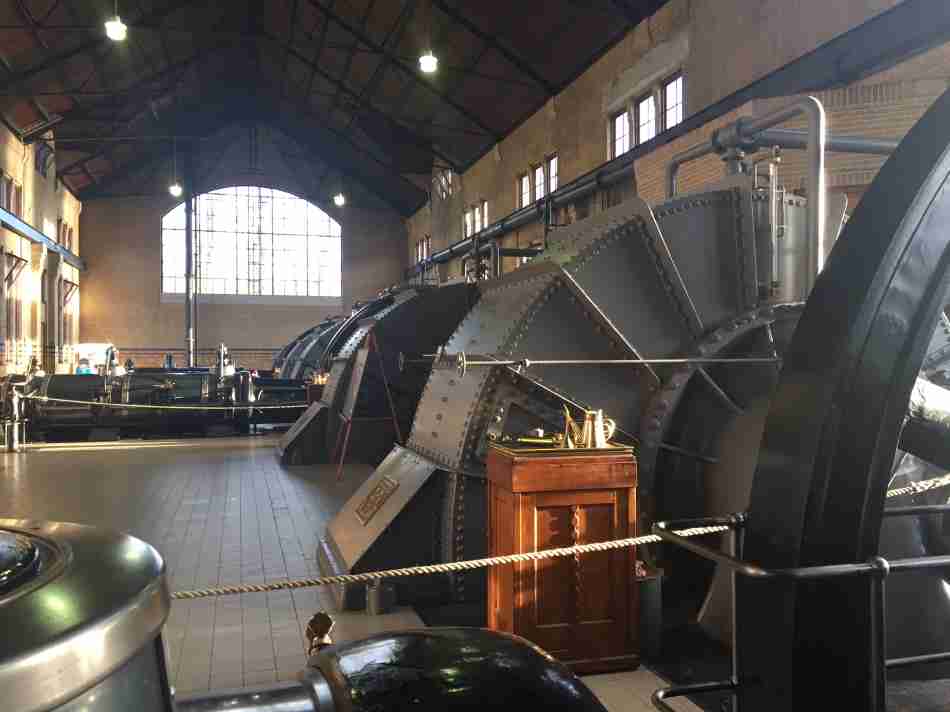
4. The D.F. Wouda Steam Pumping Station
The D.F. Wouda Steam Pumping Station was built in 1920 and is considered a masterpiece of hydraulic engineering in its time because it was the largest steam-powered water pumping station ever built. The D.F. Wouda Steam Pumping Station is yet another example of the contribution made by the Dutch in protecting our people and land against the natural forces of water.
The Wouda Steam Pumping Station still operates today, making it a living example of our eternal struggle against the water.
5. The Colonies Of Benevolence
Unesco recently granted the Colonies of Benevolence World Heritage status with its three settlements in The Netherlands: Frederiksoord, Wilhelminaoord, and Veenhuizen in Drenthe.
These colonies were set up early in the 19th century to support poor people in The Netherlands who could work in the Colonies and build a better future for themselves and their families.
Housing and land were provided to them to support themselves without being dependent on welfare.
6. The Wadden Sea
In another post, I described the Wadden Sea as the most beautiful region of The Netherlands. So naturally, I understand why UNESCO has considered the Wadden Sea unique enough to grant it World Heritage status.
The Wadden Sea is one of the last large-scale intertidal ecosystems worldwide, where natural processes remain largely undisturbed. As a result, the Wadden Sea is, in my opinion, the most beautiful region of The Netherlands, especially if you cross it on foot.
7. The Van Nelle Factory In Rotterdam
The van Nelle Factory was designed and built in the 1920s. The Factory complex consists of several different factories in separate buildings. The van Nelle Factory was the ideal factory, open to the outside world, with ample daylight and pleasant working conditions.
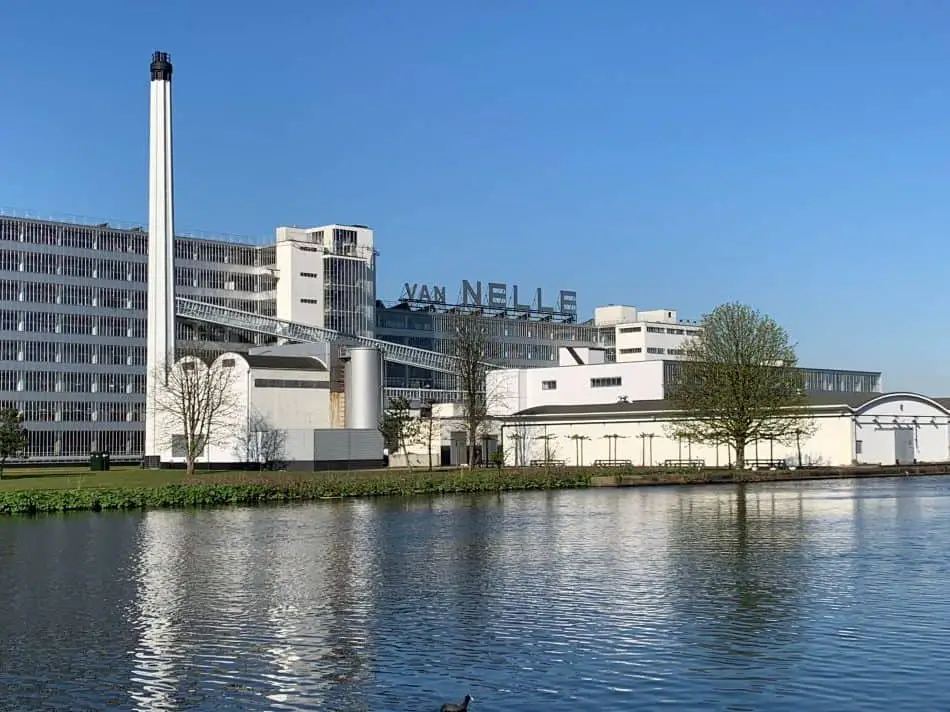
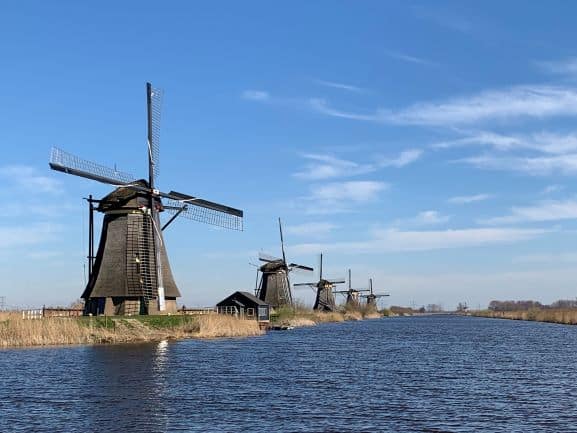
8. The Mill Network at Kinderdijk
The row of 19 windmills in Kinderdijk is a well-known picture of the Netherlands. However, the reason that Kinderdijk is a World Heritage Site goes above and beyond this pretty picture because these windmills at Kinderdijk are part of an ingenious hydraulic network for land drainage to use for agriculture.
The Kinderdijk World Heritage site is another example of the Dutch’s battle with water and Dutch water management skills. These exceptional water management skills allowed the Dutch to live and survive in a country that could not exist without a constant and vigilant effort to control the water in and around our country.
9. The Dutch Water Defense Lines
The Dutch Water Defence Lines extends a former World Heritage Site, the Defense Line of Amsterdam, with the New Dutch Waterline. The combined Dutch Water Defense lines stretch over 200 kilometers along the edge of the economic and administrative heart of the Netherlands.
The Dutch Water Defence Lines consist of an interconnected network of forts, sluices, canals, and inundation polders to flood the land to defend The Netherlands temporarily.
Many parts of the Dutch Water Defense Lines remain intact and can be visited. Check out their website for locations and activities.
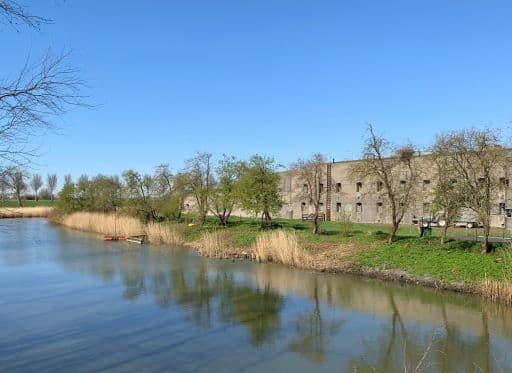
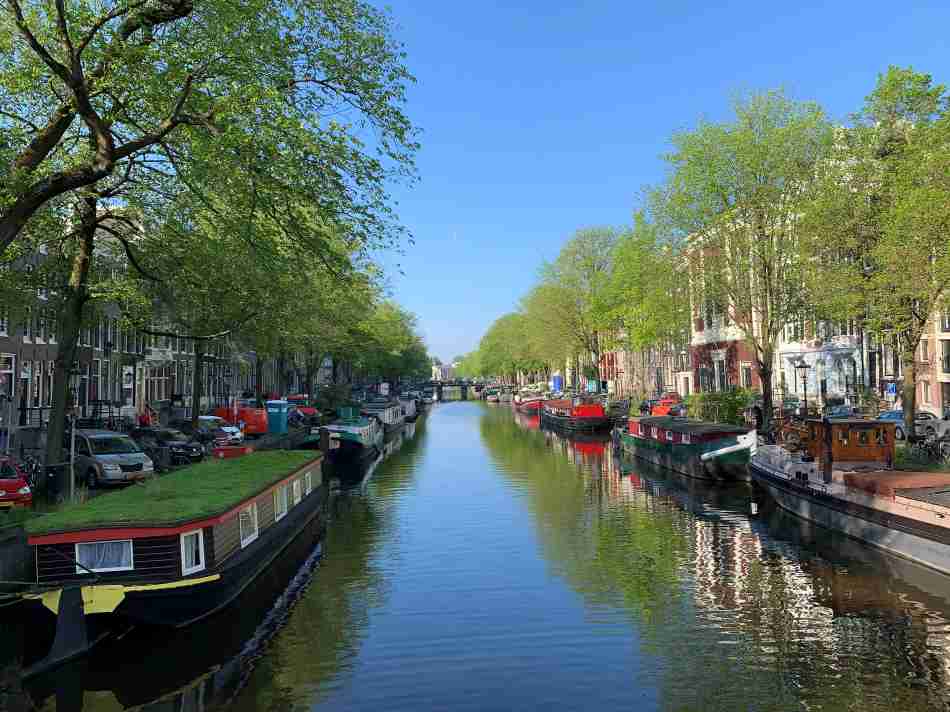
10. The Canal District In Amsterdam
The Canal District in Amsterdam is another example of large-scale water management by the Dutch. Amsterdam is an entirely artificial city built in a peat swamp drained to build the city.
To this day, continuous draining is ongoing to avoid flooding in Amsterdam. The total length of all canals is almost 14 kilometers, with more than 80 bridges.
Amsterdam was the world’s capital in the 17th century, and it was seen as the ideal city and used as a reference for new cities around the world. It was an ingenious way to expand a rapidly growing city.
11. Beemster Polder
The Beemster Polder was created in 1612 by the drainage of Lake Beemster. It is one of the earliest examples of the drainage of large areas made possible by windmill technology.
The Dutch hydraulic engineer Jan Adriaanszoon Leeghwater was responsible for this remarkable achievement.
UNESCO considers the Beemster Polder a masterpiece of creative planning in which the ideals of antiquity and the Renaissance were applied to the design of a reclaimed landscape.
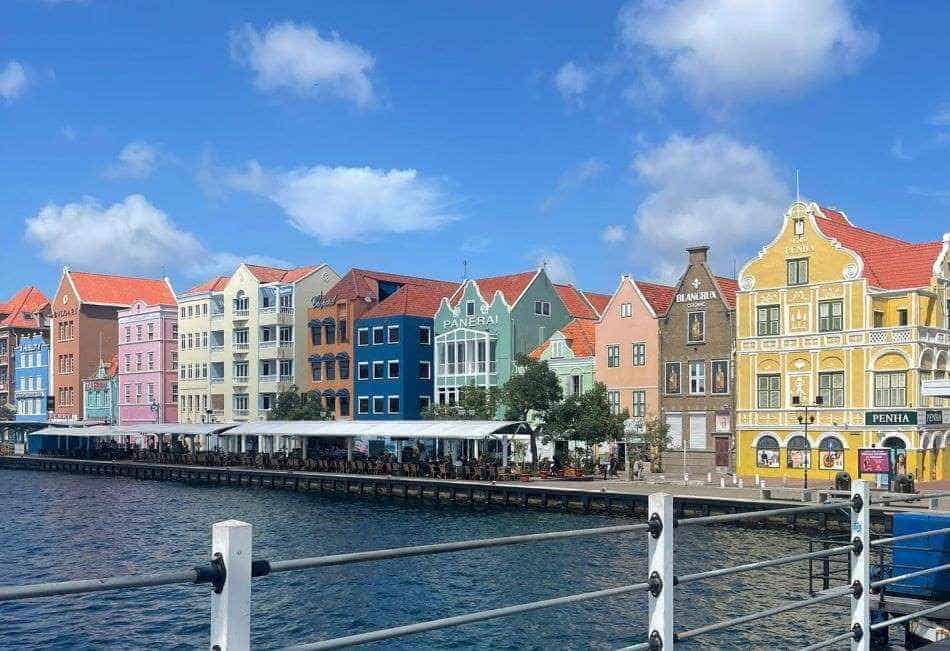
12. Willemstad On Curaçao
Willemstad is an exceptionally well-preserved example of a Dutch colonial trading settlement. Moreover, through the exchange of cultures, Willemstad shares a cultural history with its counterparts in the Caribbean, which is an extraordinary aspect of the property.
Its unique location in a natural harbor qualifies Willemstad as a rare example of a historic port city built in an environment of natural waters.
Willemstad is a well-preserved historic port city and an example of cultural integration in this region. Willemstad’s development and architecture were influenced by the Dutch, who founded the town, and many Caribean influences.
These influences are beautifully integrated into the natural harbor’s environment, making Willemstad a unique city.
Frequently Asked Questions
Are There Dutch Heritage Site Vacations?
A bicycle route has recently been created along the 11 World Heritage Sites in the Netherlands. The bike route is almost 800 km long, and here you can find more information about this Dutch Heritage Sites biking vacation.
The nice thing about this bicycle route is that you will also cycle past other beautiful parts of the Netherlands, but of course, you will need to be well-trained to handle such a long bike ride.
Alternatively, you can visit one or more World Heritage Sites on a day trip during your vacation in The Netherlands.
Look for some inspiration below.
